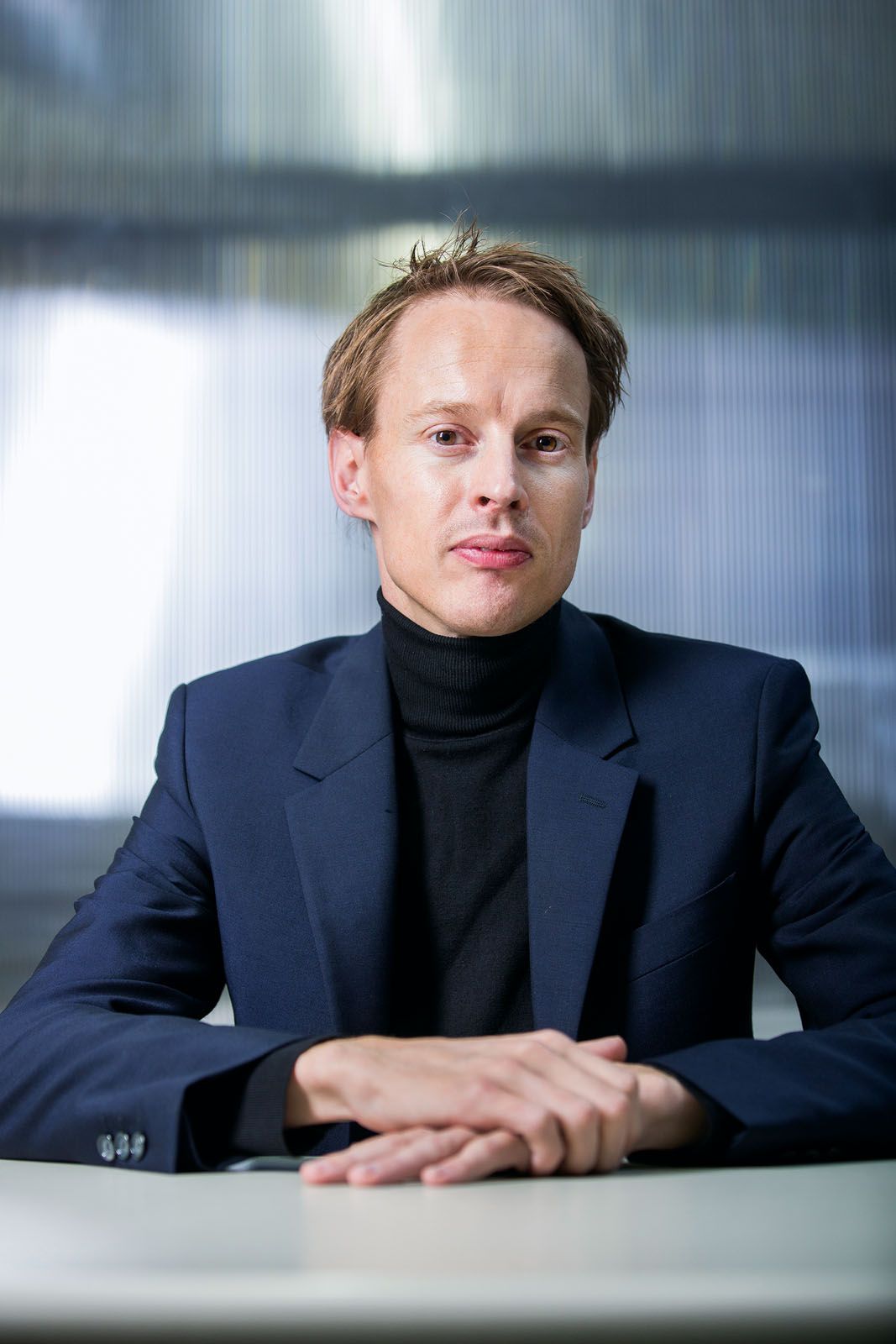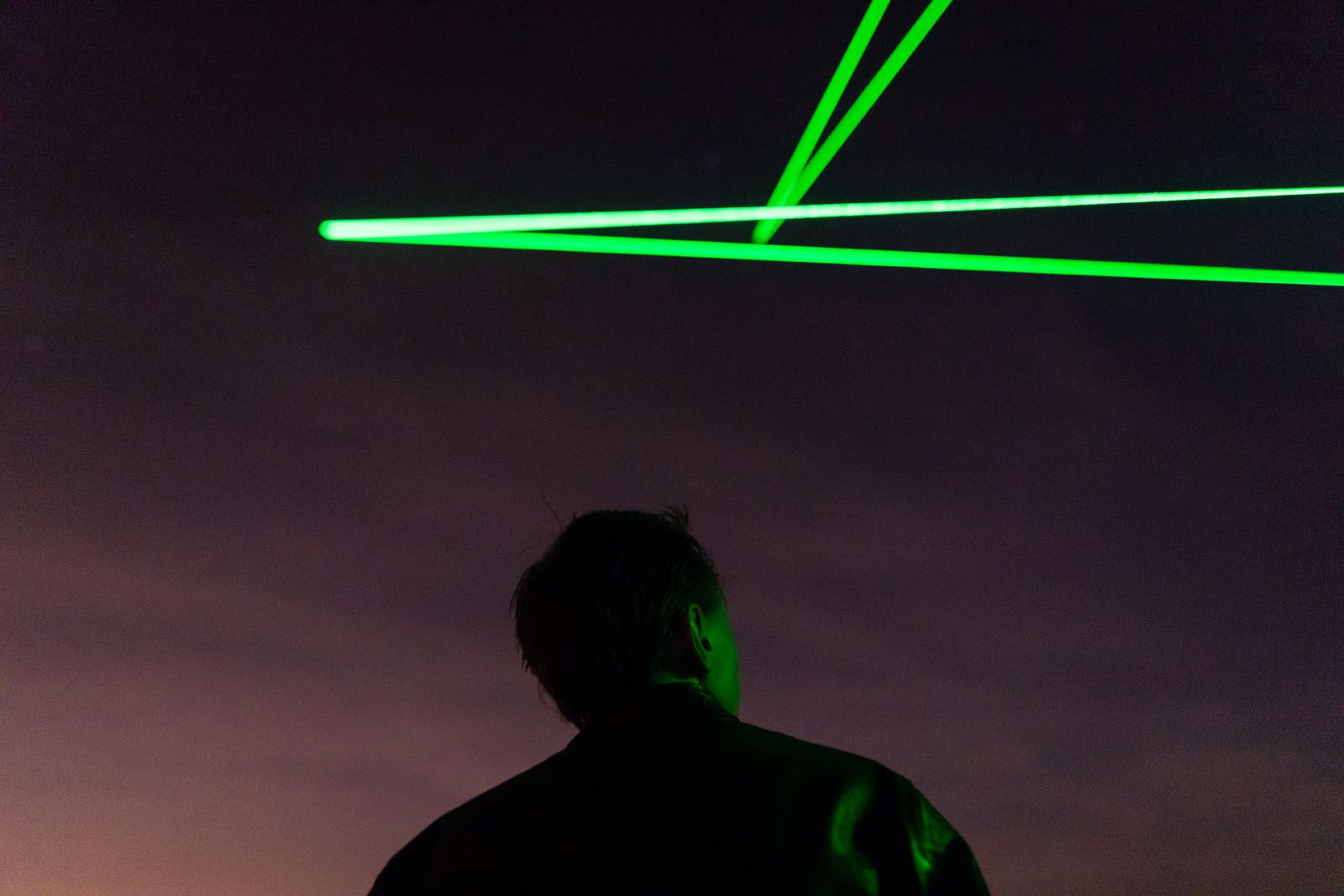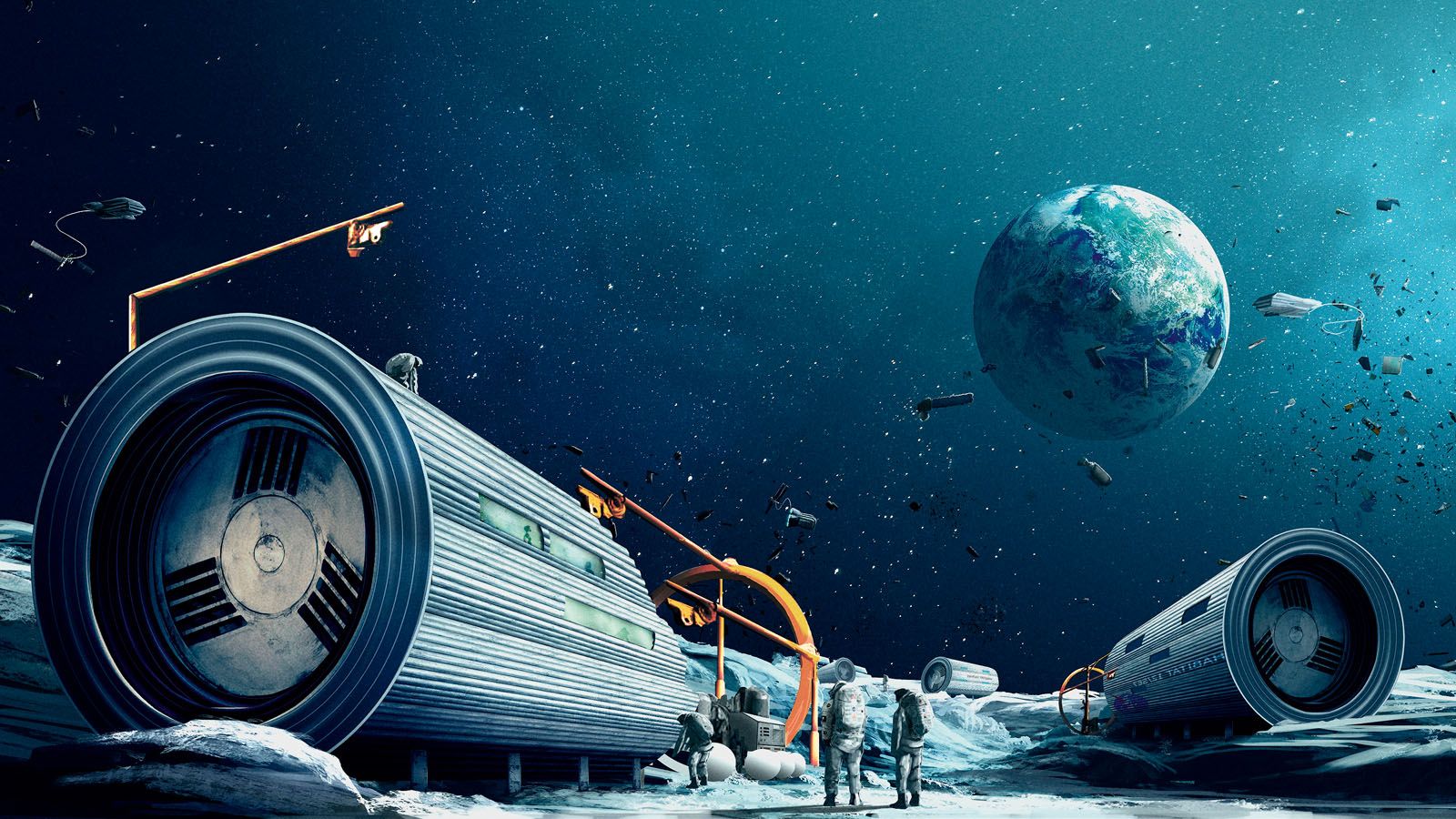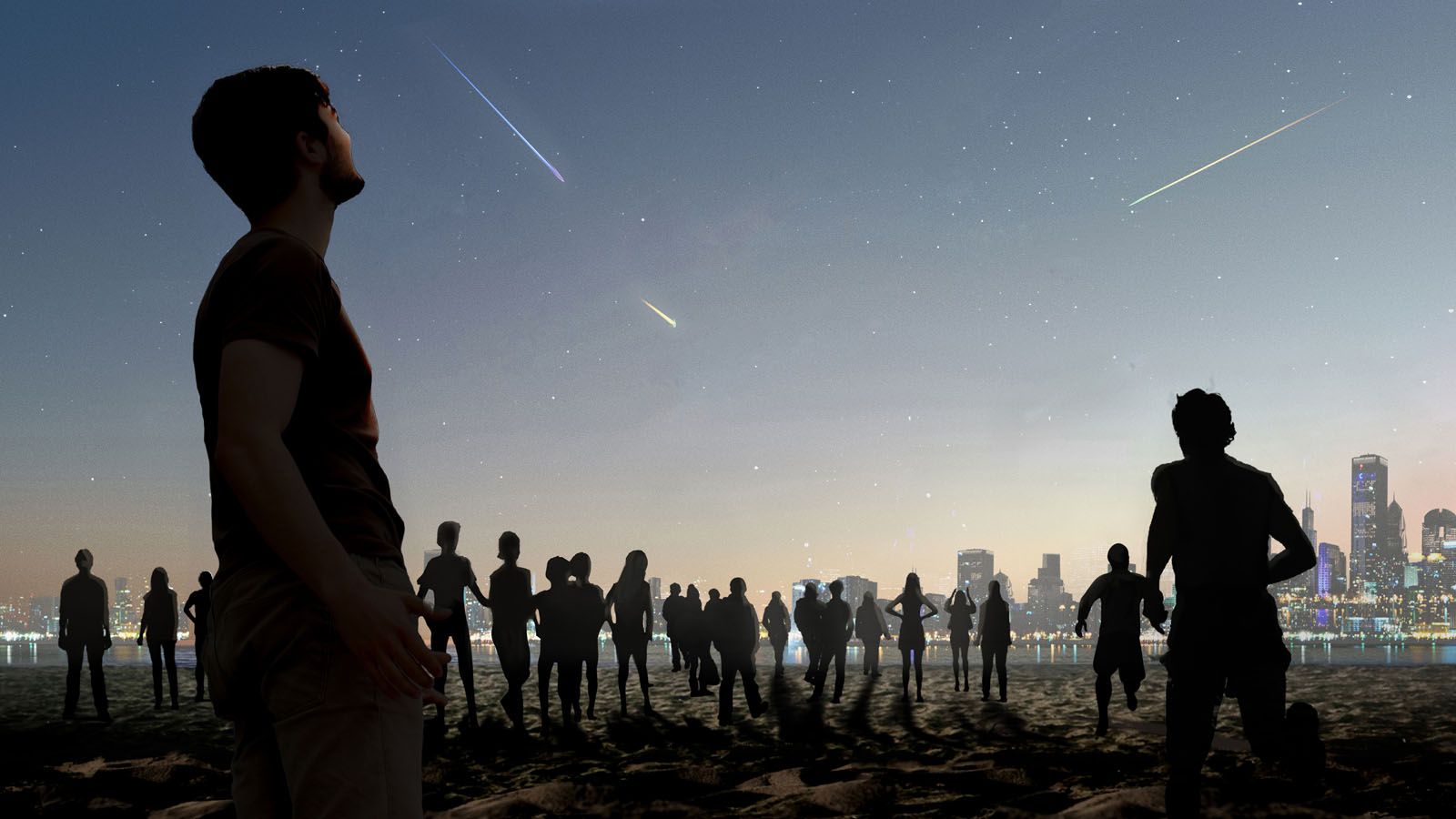And he has the industry experts in on the mission
Just four months into his short term as US president, John F Kennedy presented the nation with a literal moonshot challenge: to put a man on the moon. And with that, the space race for technological superiority went into full swing.
This was also fuelled by the successful launch of the world’s first man-made satellite, Sputnik I, by the Soviet Union—a Cold War enemy of the US—four years earlier in 1957. The American dream was later realised when Neil Armstrong became the first person to step on to the surface of the moon in 1969.
Space has long fascinated humankind. And over the past six decades, space explorations have helped improve our lives on earth, from GPS satellite navigation systems to medical technologies developed from space know-how such as CT (computed tomography) and MRI (magnetic resonance imaging) scans, just to name a few.
Who is Daan Roosegaarde and what does he want to achieve?

But “Houston, we have a problem”—the space waste that has accumulated over the years have become a global concern. The European Space Agency (ESA) suggests that there are almost 130 million debris objects in space, of which over 900,000 pieces of these “defunct satellites, explosion and collision fragments or discarded rocket bodies” are considered dangerous. If nothing is done, this pollution could cause astronomical damage to existing satellites and orbiting spacecraft, disrupting digital communications on earth.
One man with a mission to clean up these space junk is Dutch artist and innovator Daan Roosegaarde. The founder of Studio Roosegaarde, a Rotterdam-based social design lab, launched the Space Waste Lab in collaboration with ESA experts last October to capture debris and harness its potential as a new source for creativity that yields sustainable products and experiences.
“A lot of the challenges we are facing today—rising sea levels, light pollution, smog and polluted air—are the result of bad design. But can we use design to engineer a way out of it?” Roosegaarde enthuses when we meet on the sidelines of the Brainstorm Design conference, during Singapore Design Week 2019 in March.
See also: How To Design An Eco-Friendly Home





